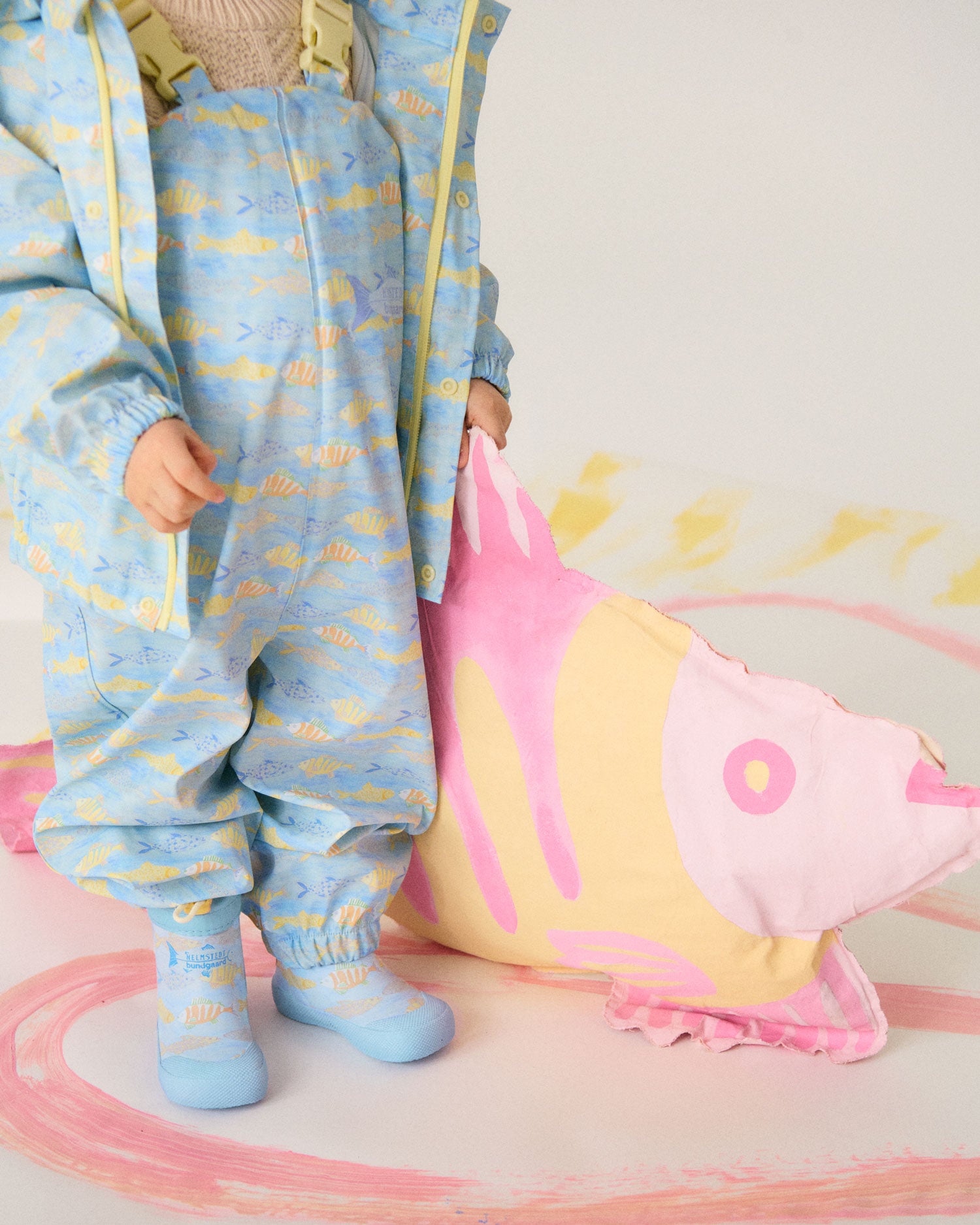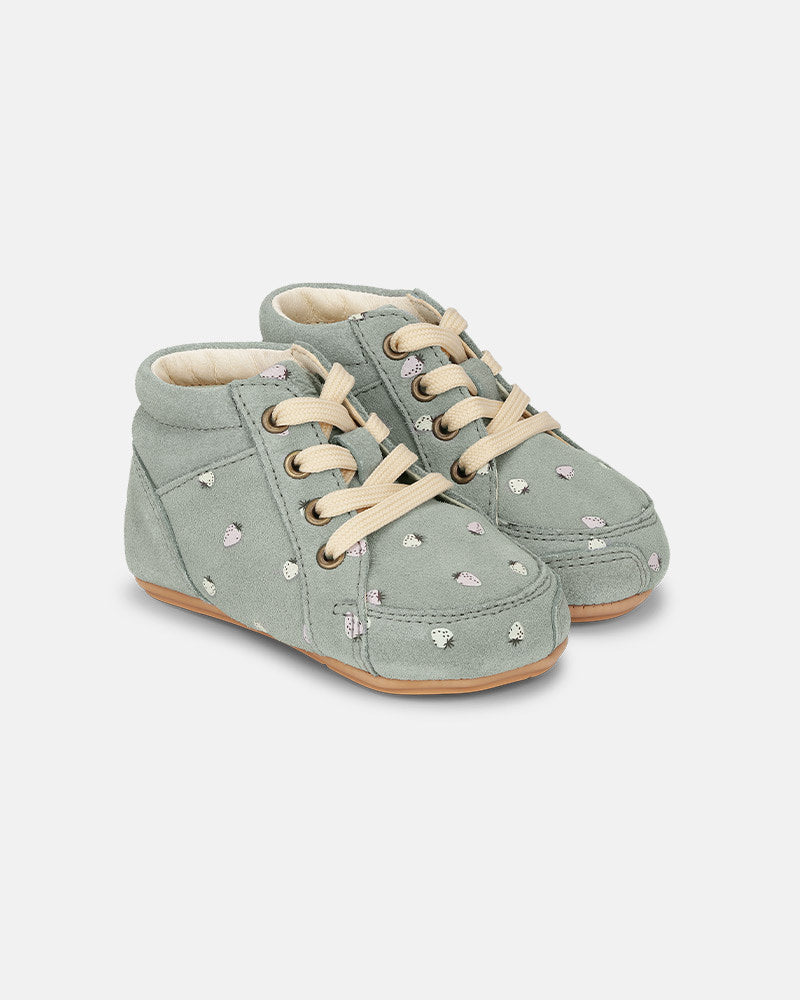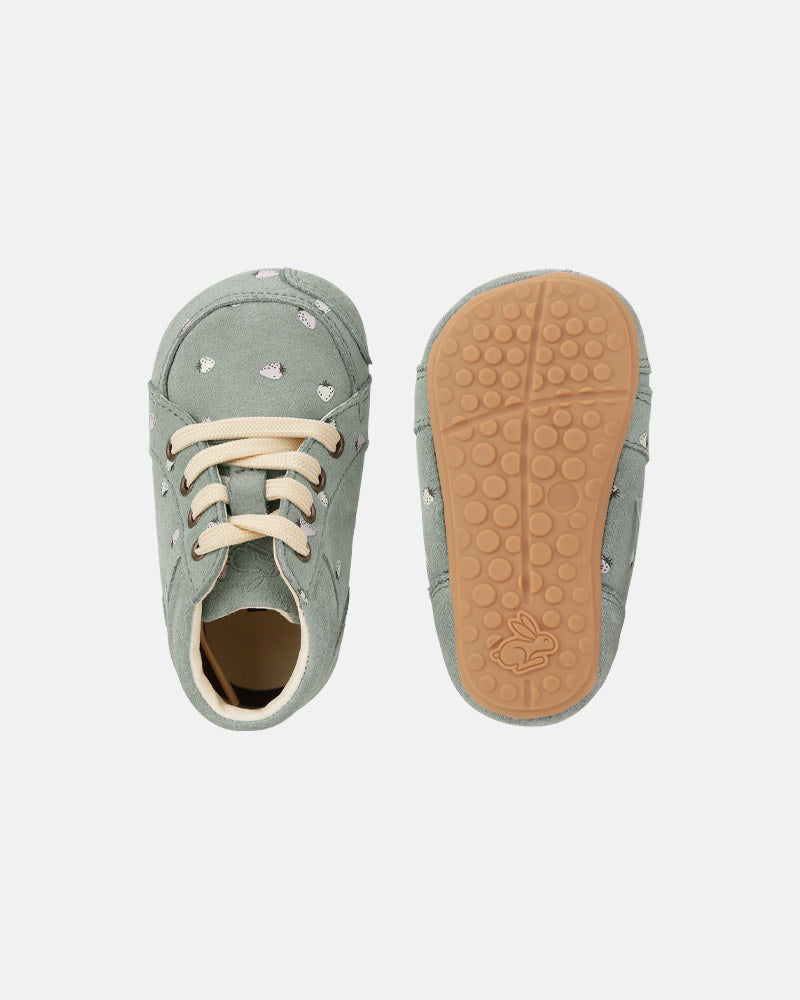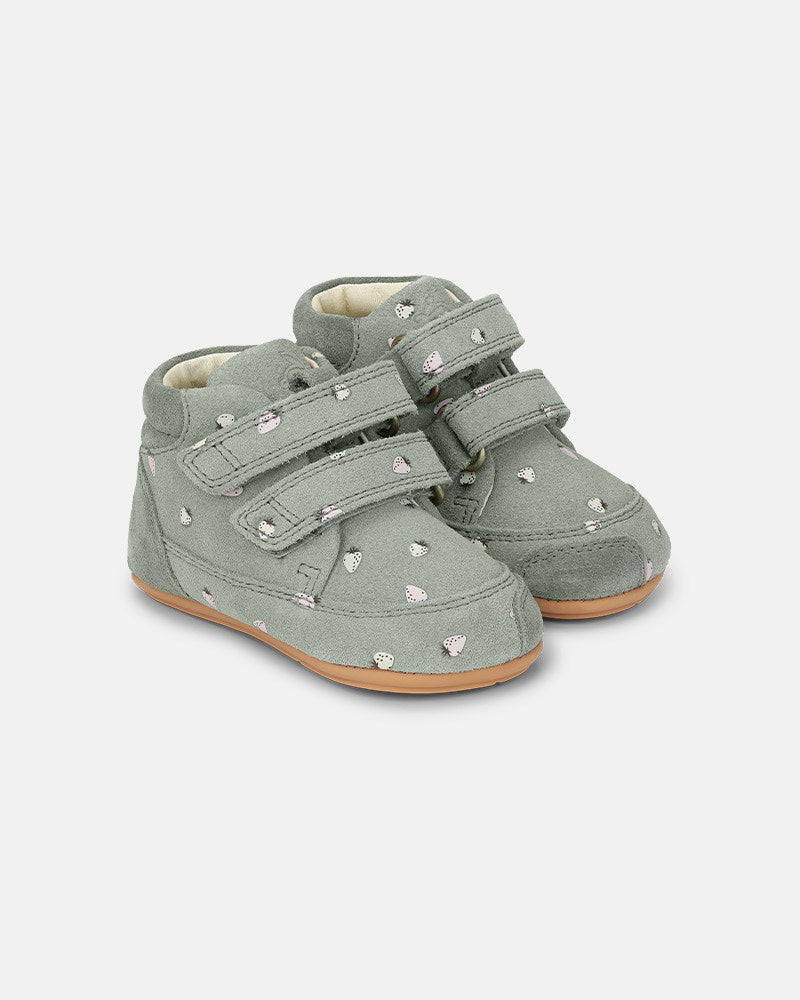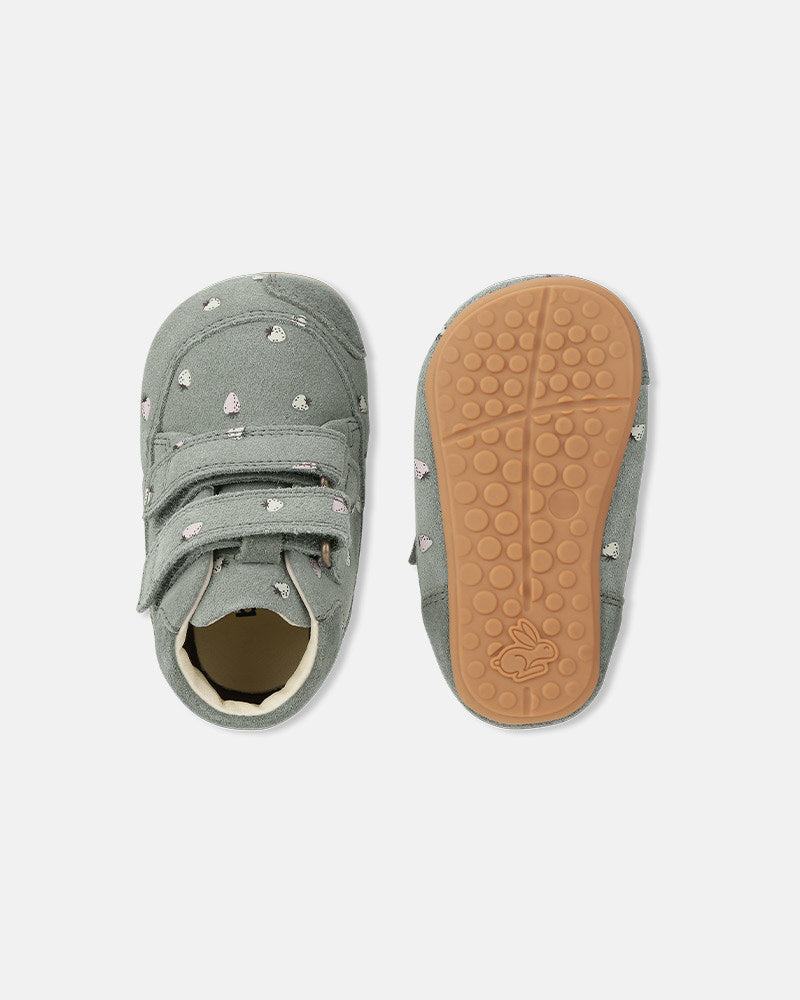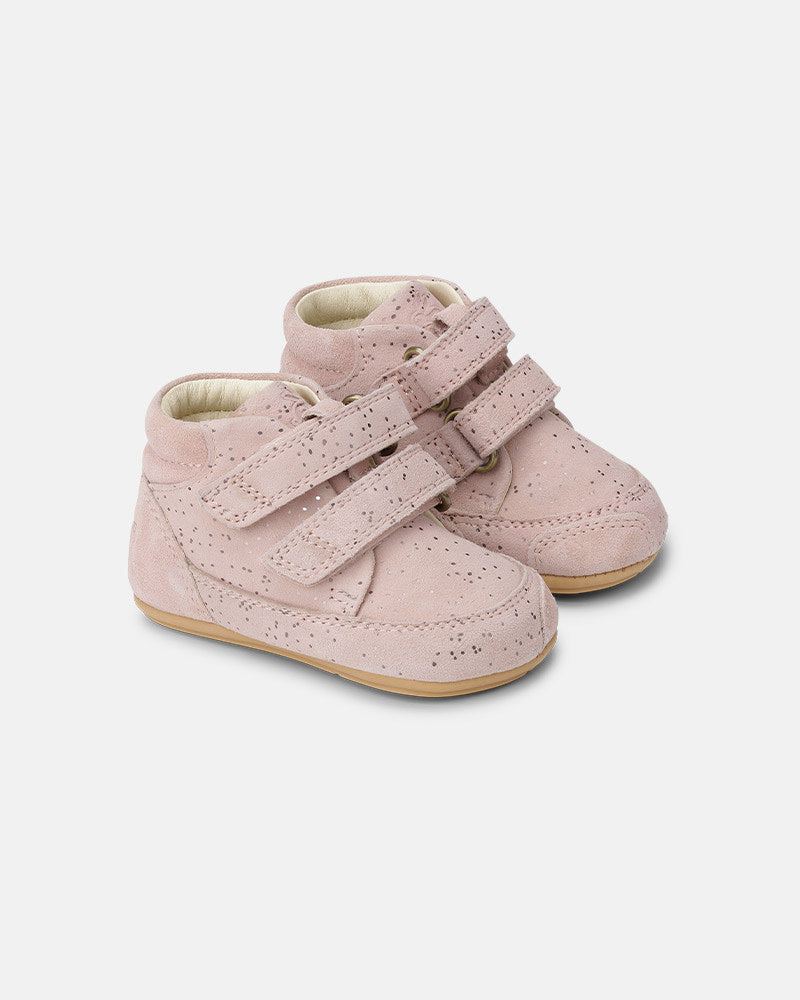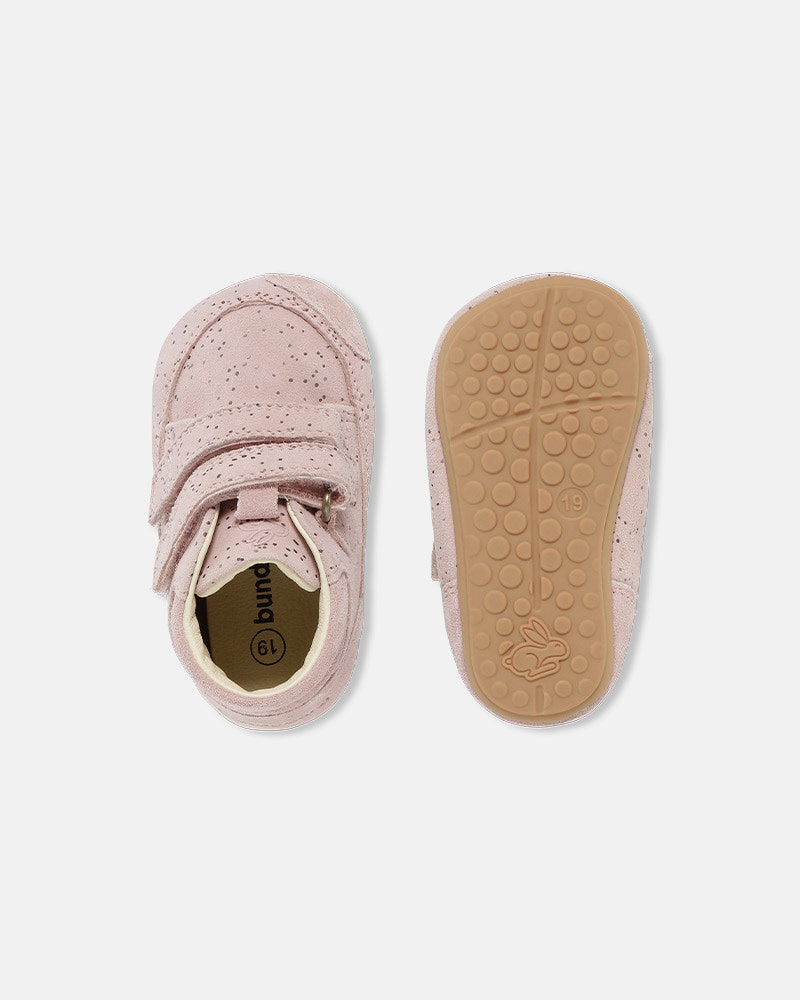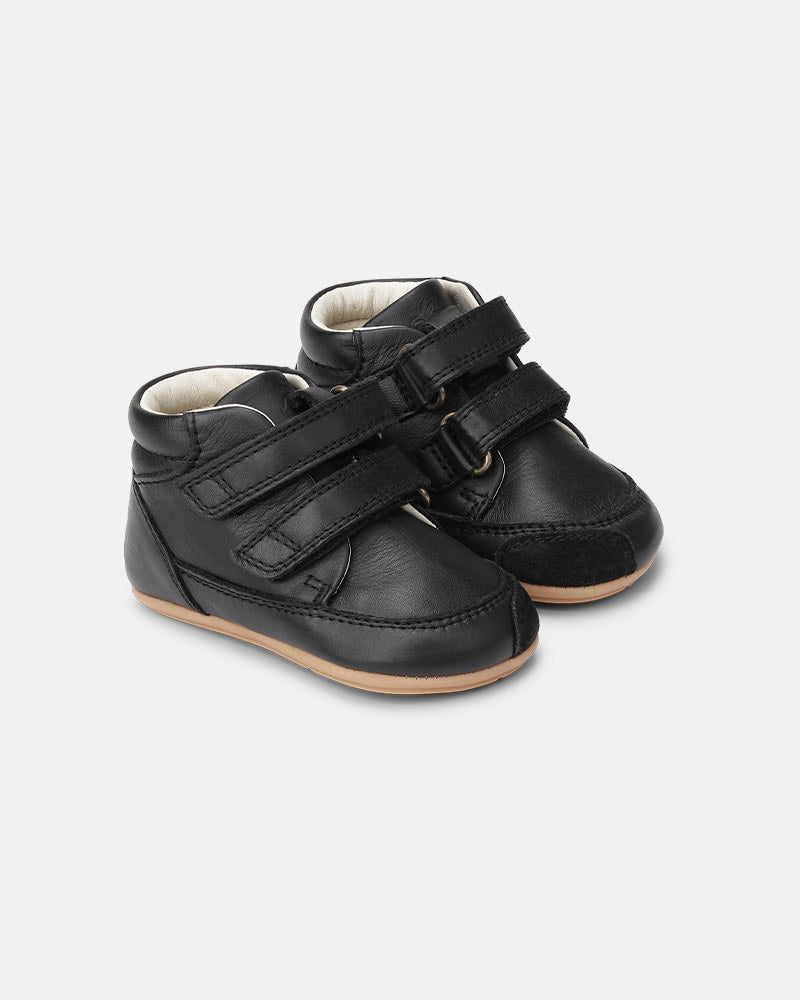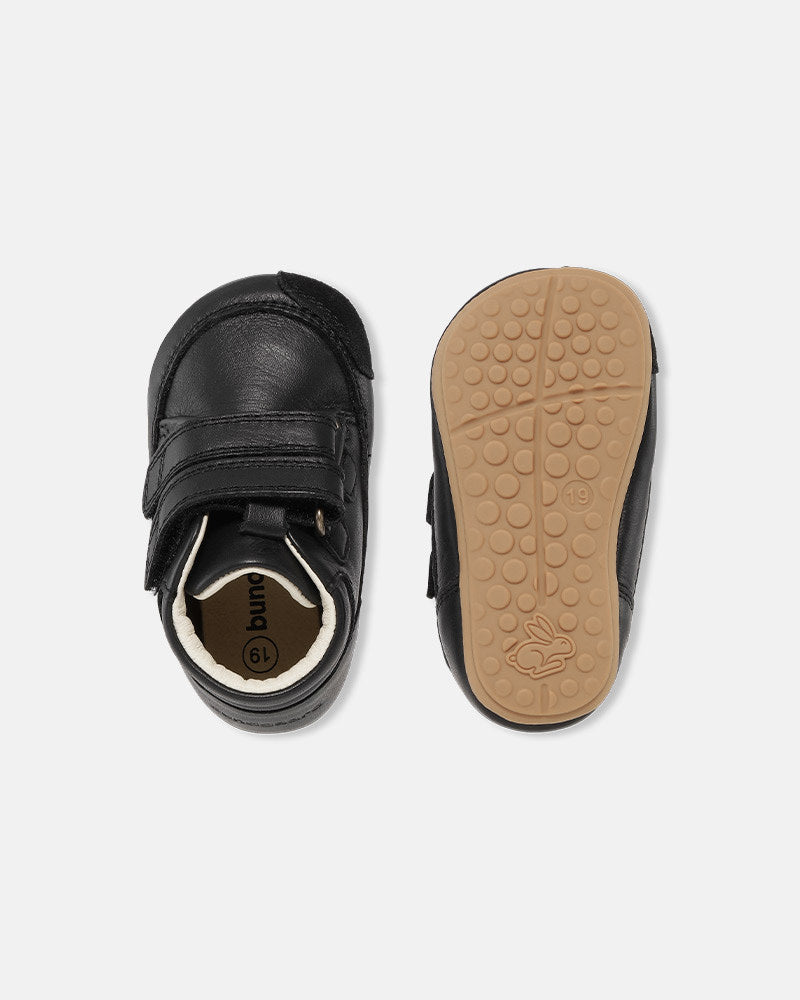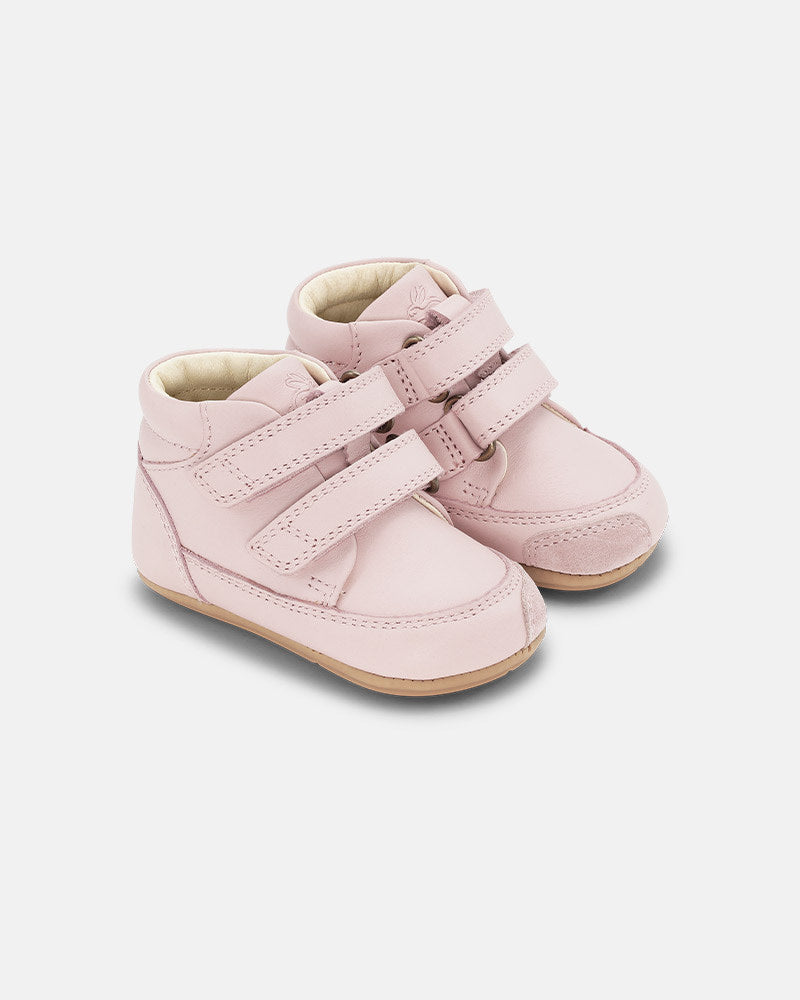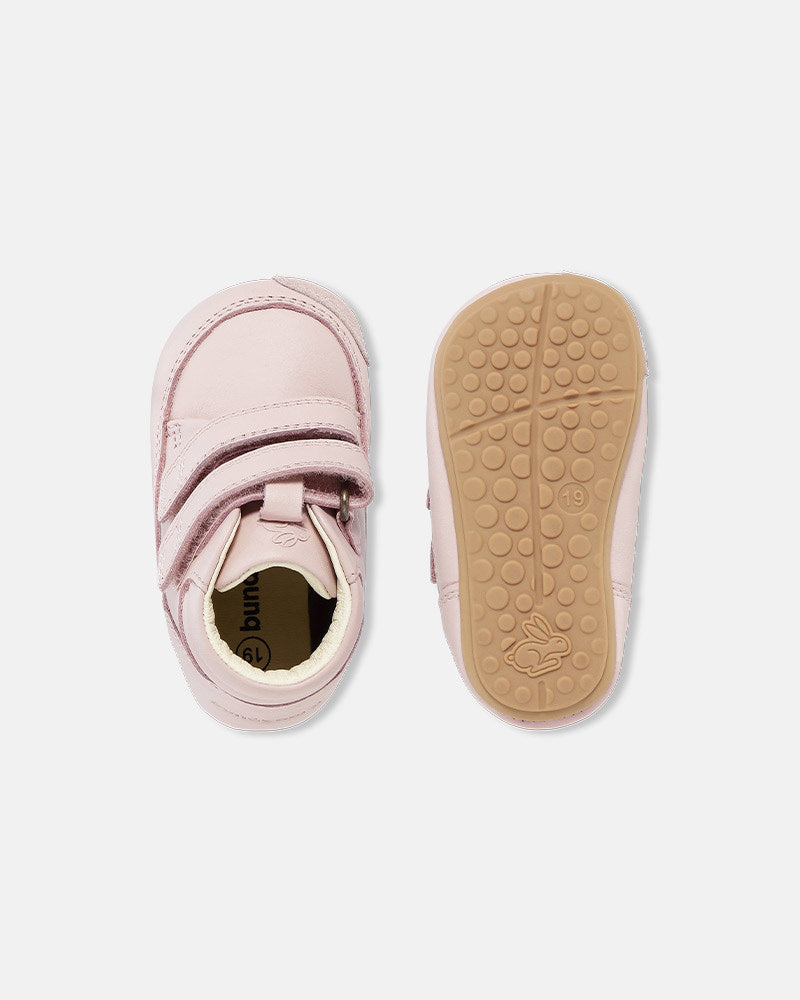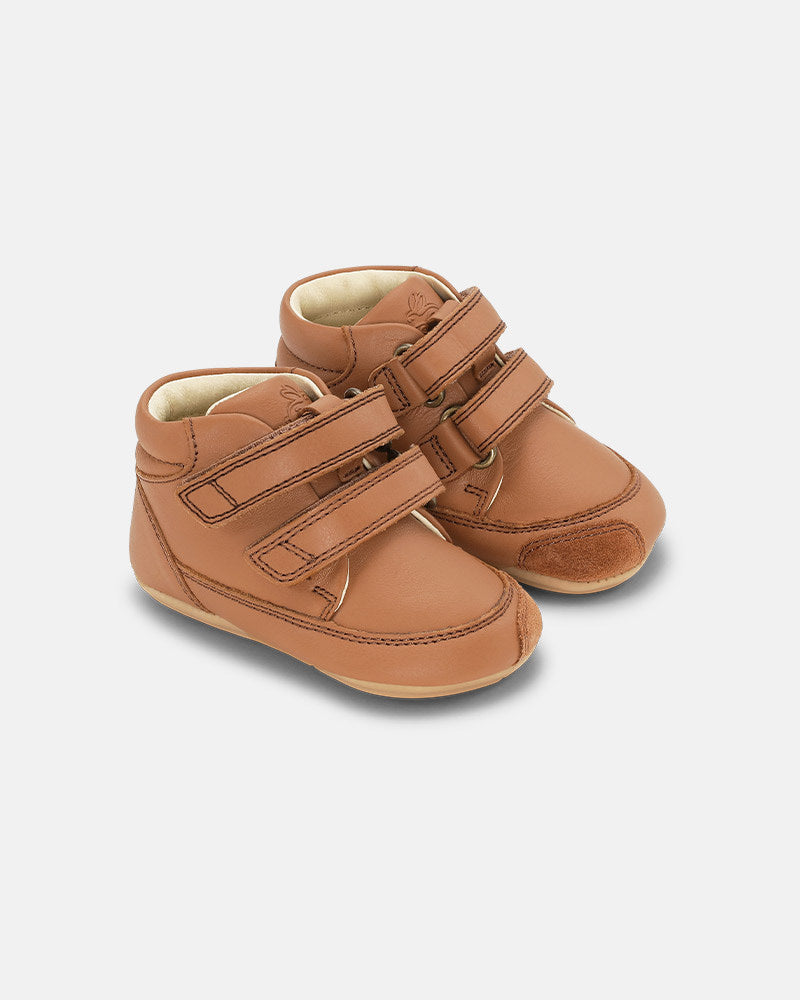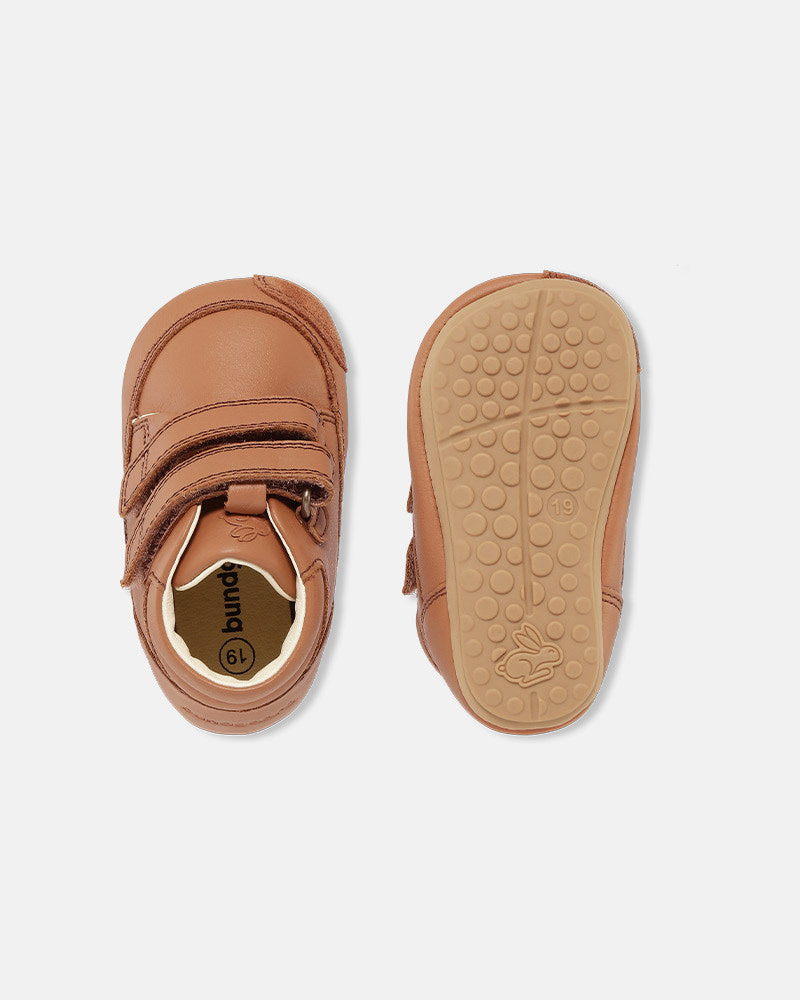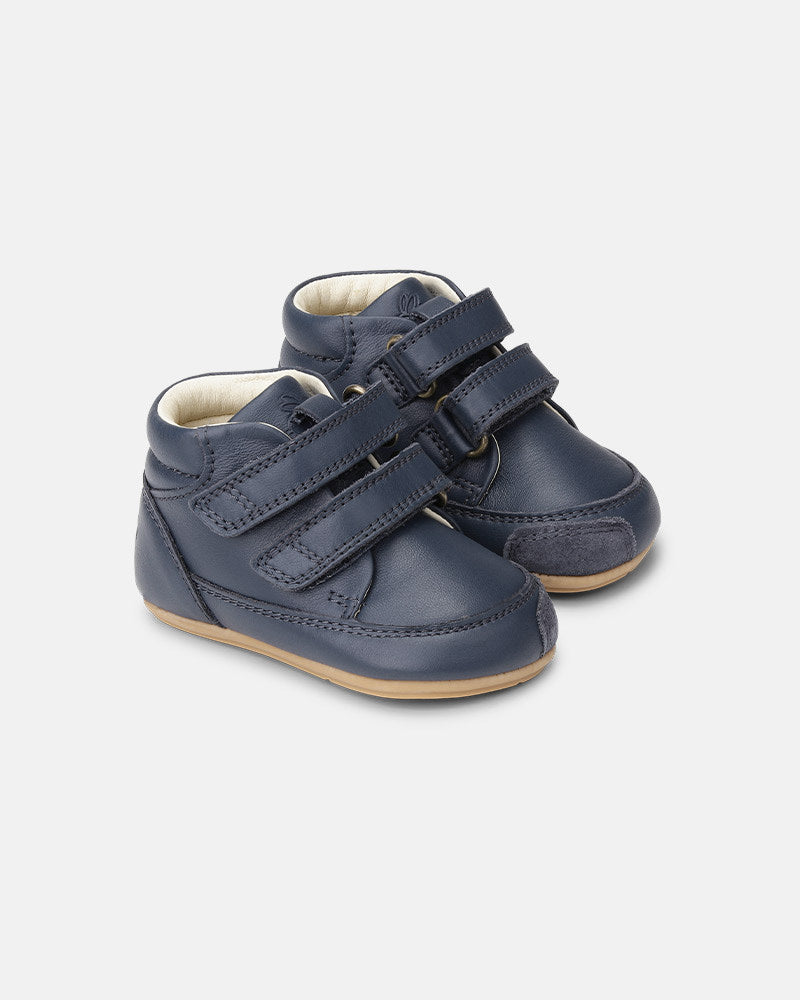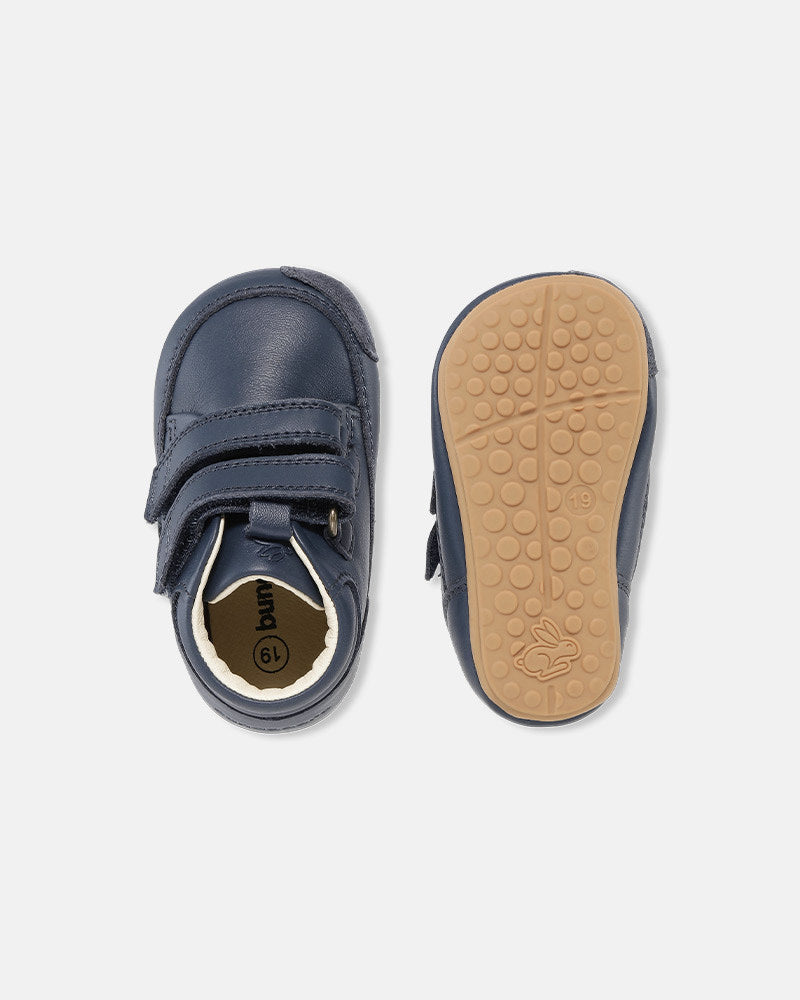A healthy and strong start
Feet carry us through life, and a strong foundation starts from the very first steps. To give children the best conditions for healthy and natural development, it's important to let little feet explore the world without undue restriction. Barefoot play strengthens both balance and motor skills, and shoes should only be worn when the need arises. When your child starts to stand up and take their first tentative steps with support, a lightweight pair of Prewalkers can provide the right support without restricting movement. Below you can dive into exciting facts and advice about baby's feet and their development.
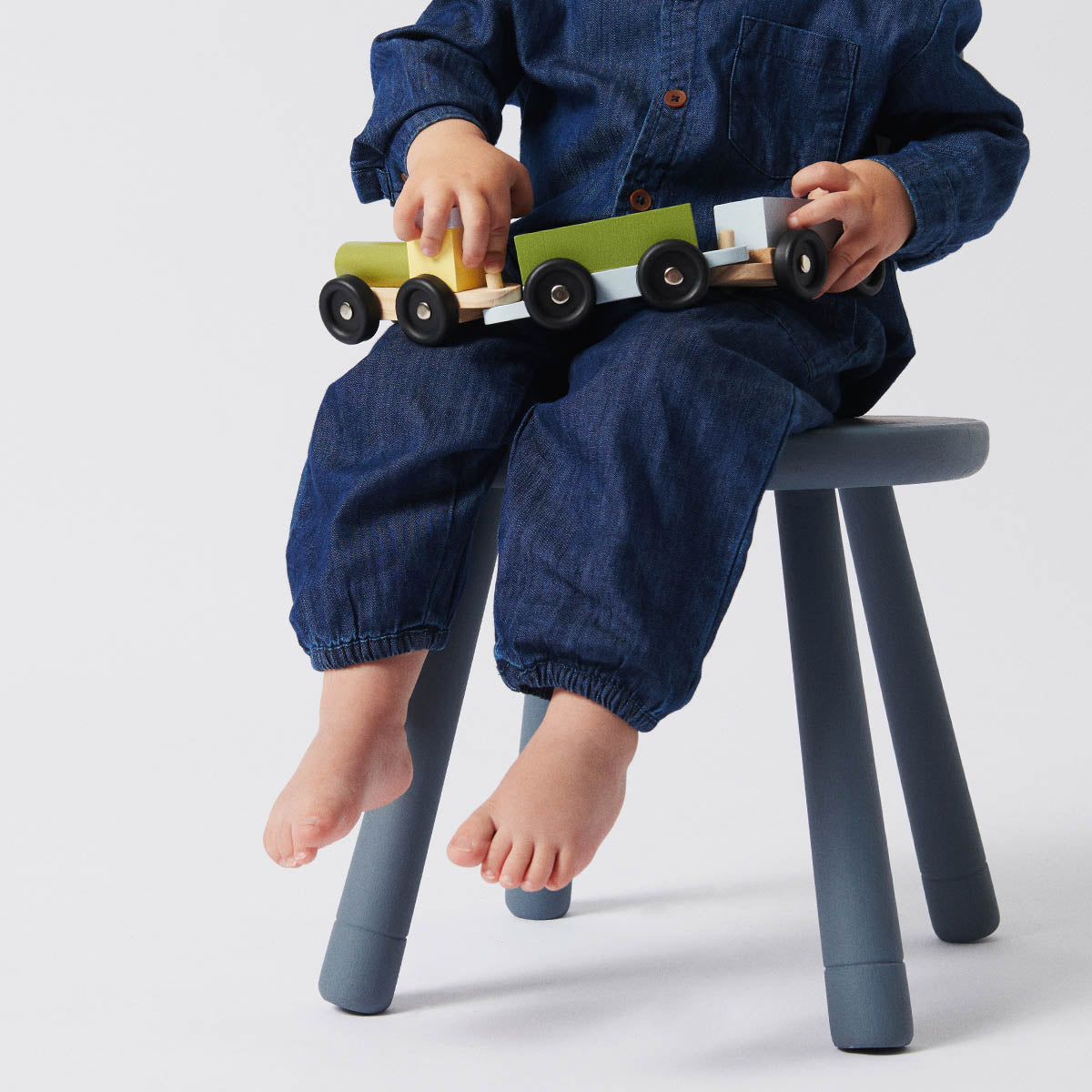
Facts about the foot
Before the nervous system is fully developed, the child cannot feel if the shoe hurts or pinches.
The foot has over 250,000 sweat pores, so it's important to choose shoes in breathable materials.
The development of the arch of the foot does not begin until the age of 2, so a child's foot is wide and flat-footed.
A child's foot consists primarily of cartilage and fat pads for the first few years and can therefore easily be pressed or shaped incorrectly.
Foot development

0 - 2 years
The child has a flexible foot with no arch, soft bones and a developing heel.
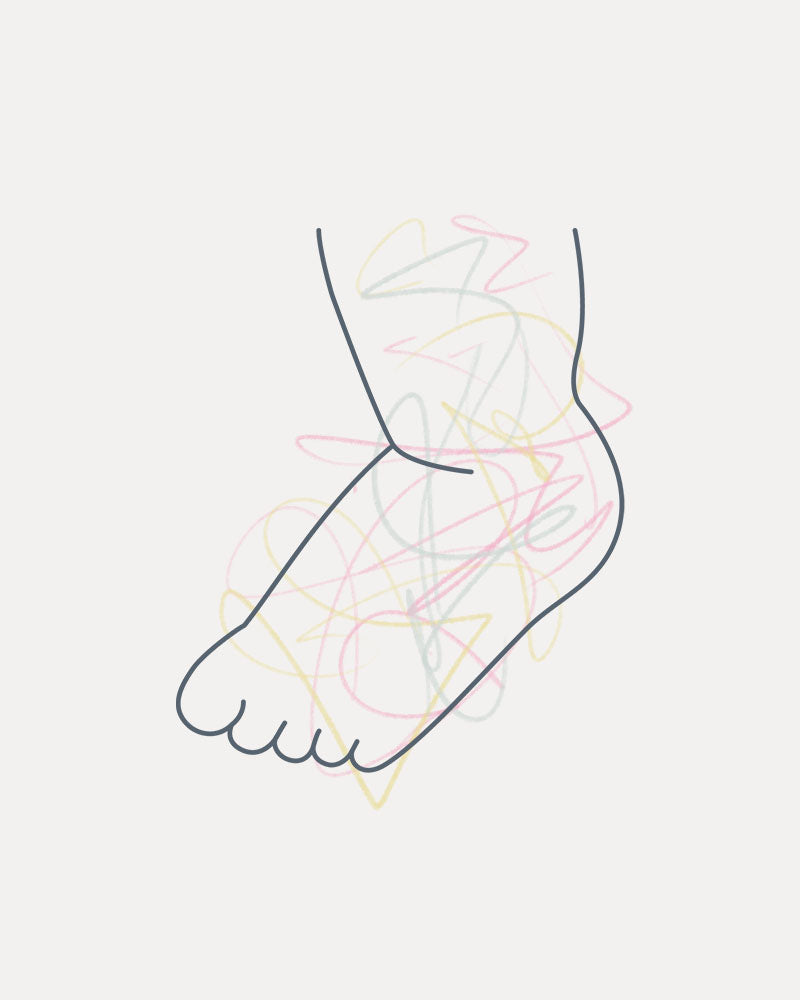
2 - 4 years
The arch is starting to take shape
but the foot and heel are still round and chubby.
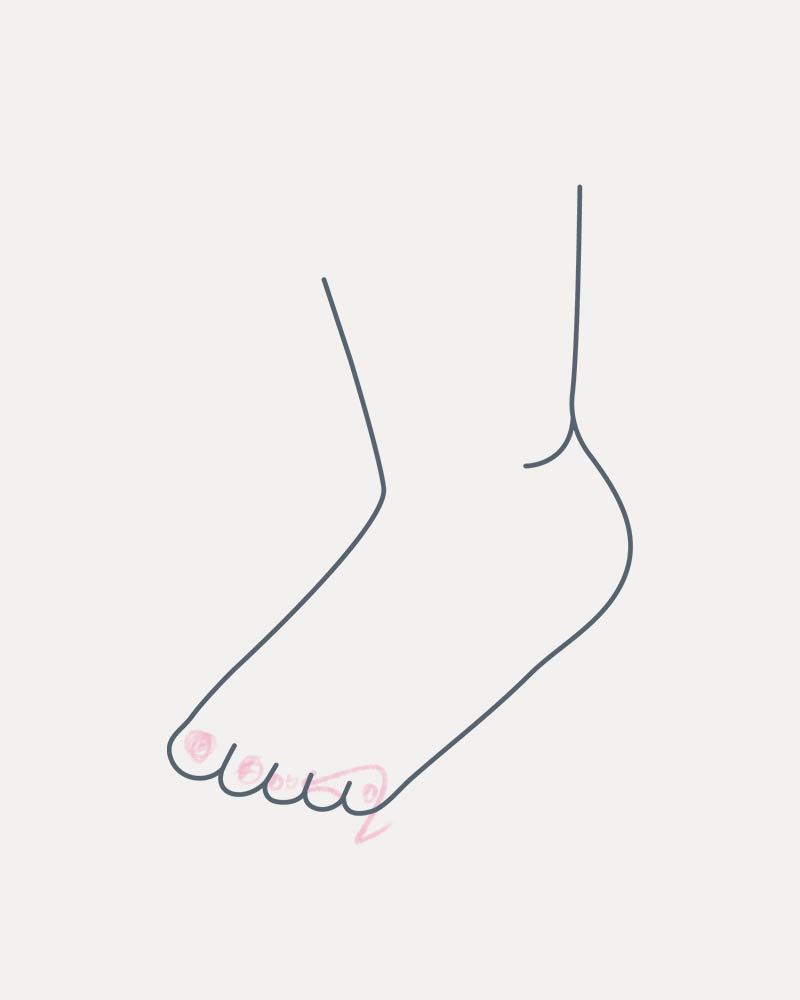
4 - 6 years
The foot has a more defined arch and foot structure.
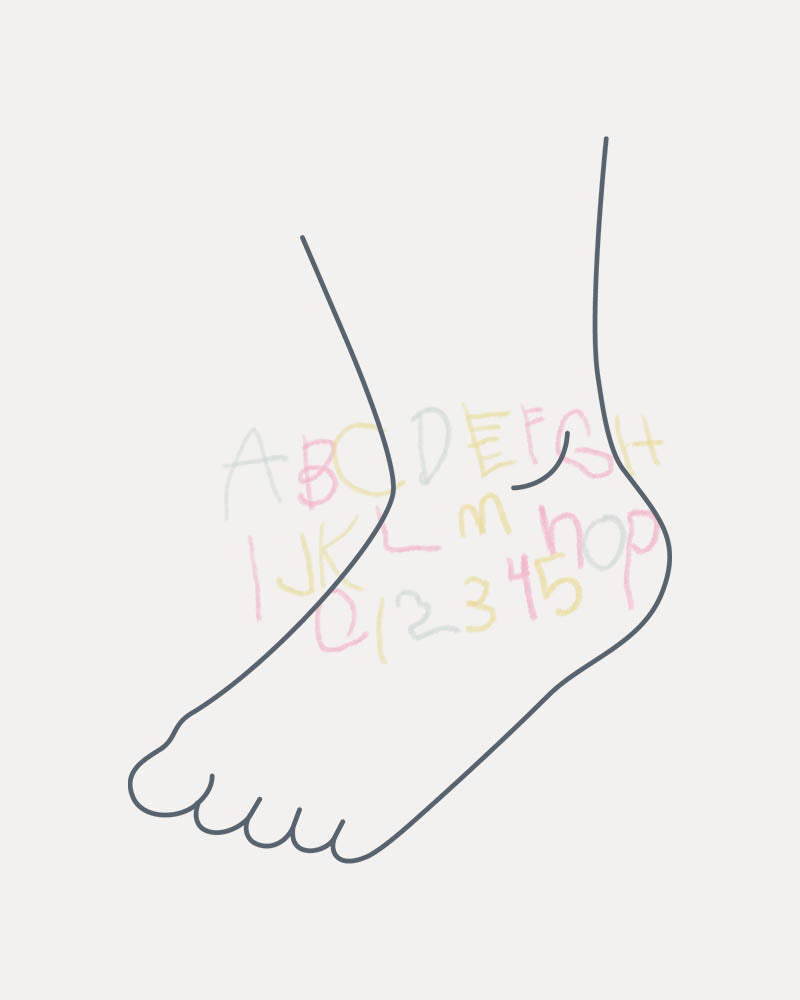
6 - 16 years
The foot is more developed and defined but not fully developed until around the age of 16.
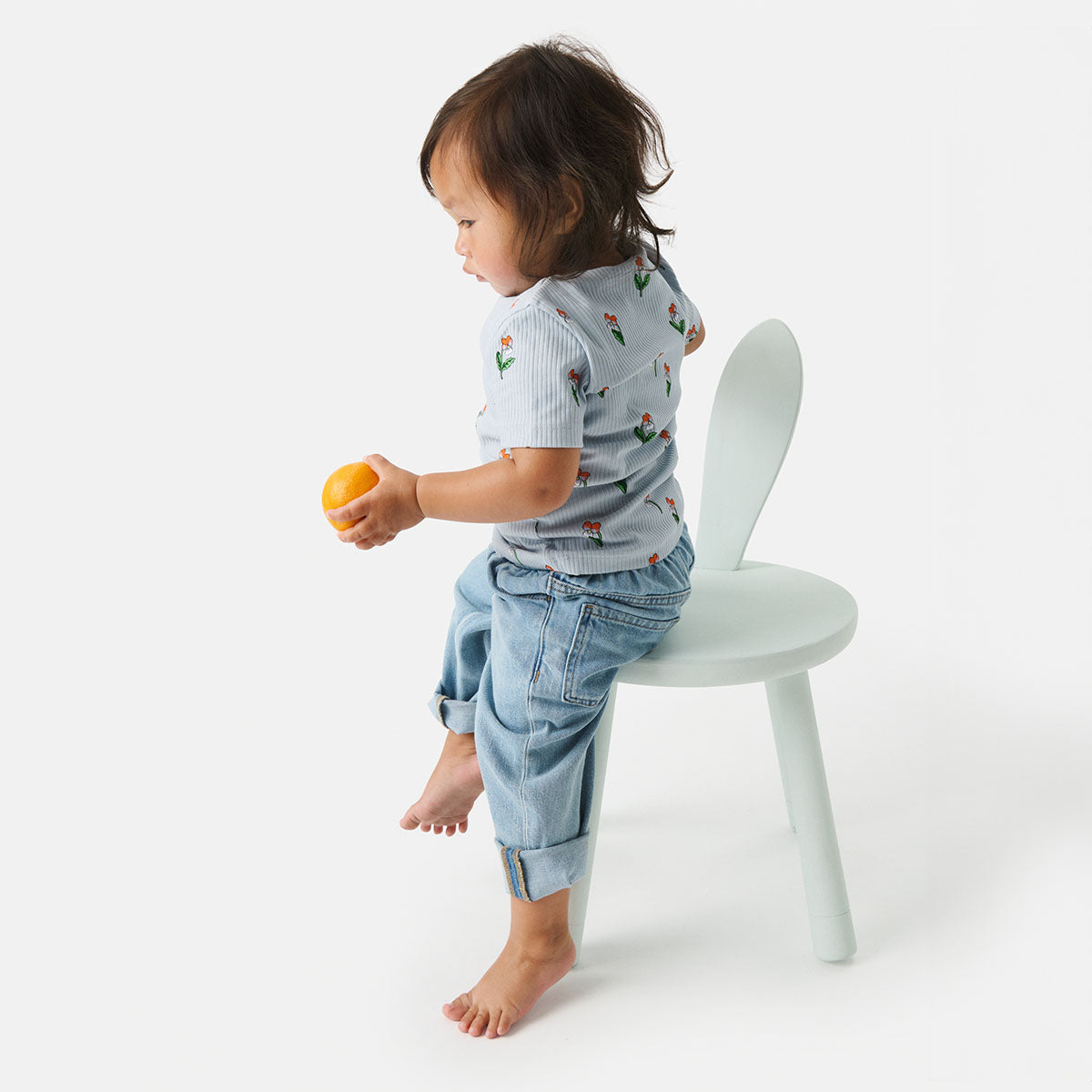
Did you know that...?
Feet get longer and wider during the day, so choose shoes with plenty of room for toes.
Your baby will break in the shoe within the first 2 weeks to fit their unique gait.
Active play and movement is the best exercise for children's feet, so choose shoes that support free movement.
A shoe should have more than 5 mm between toes and the edge of the shoe - otherwise the glide is missing and the shoe is too small.
Baby's first shoes
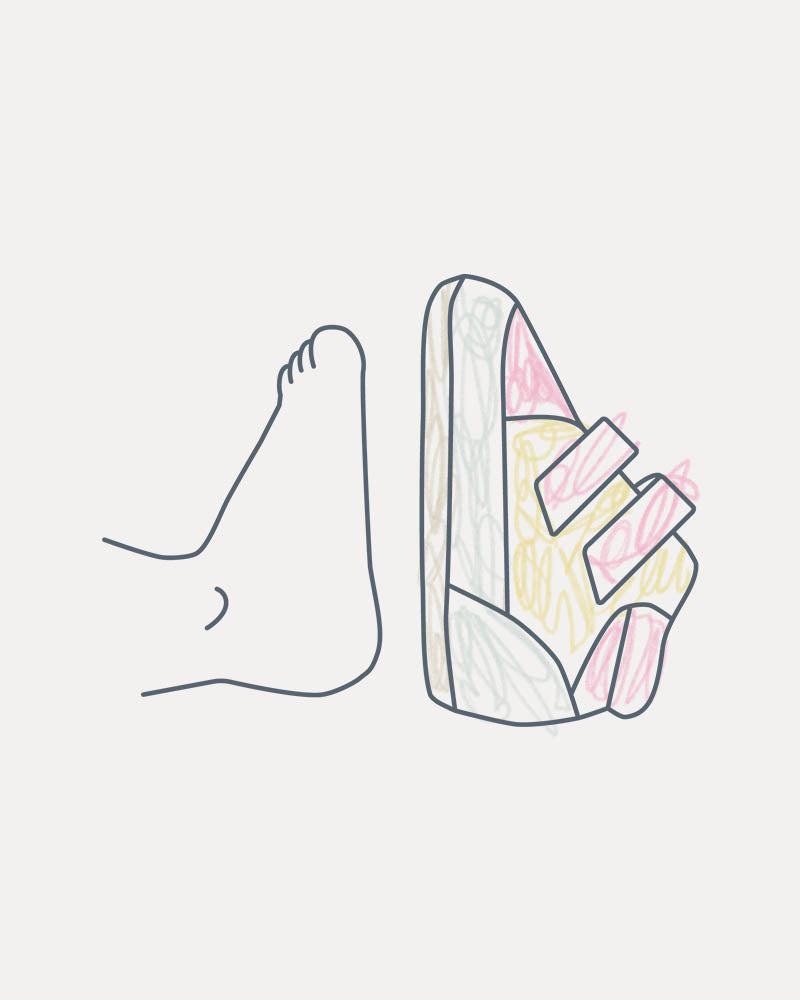
Flat soles
Your child's first shoe should have flat soles with no height difference, widest at the toes, so the shoe has the same shape as the feet.
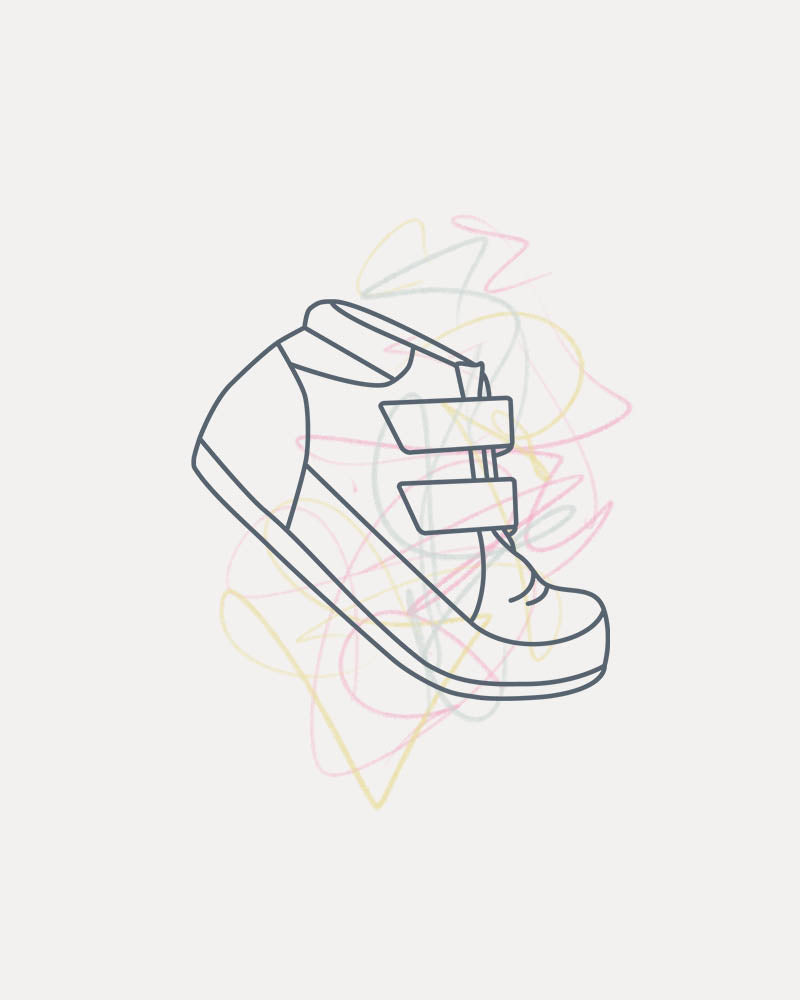
Flexible
The shoe should have flexible soles to allow the foot to move as naturally as possible.
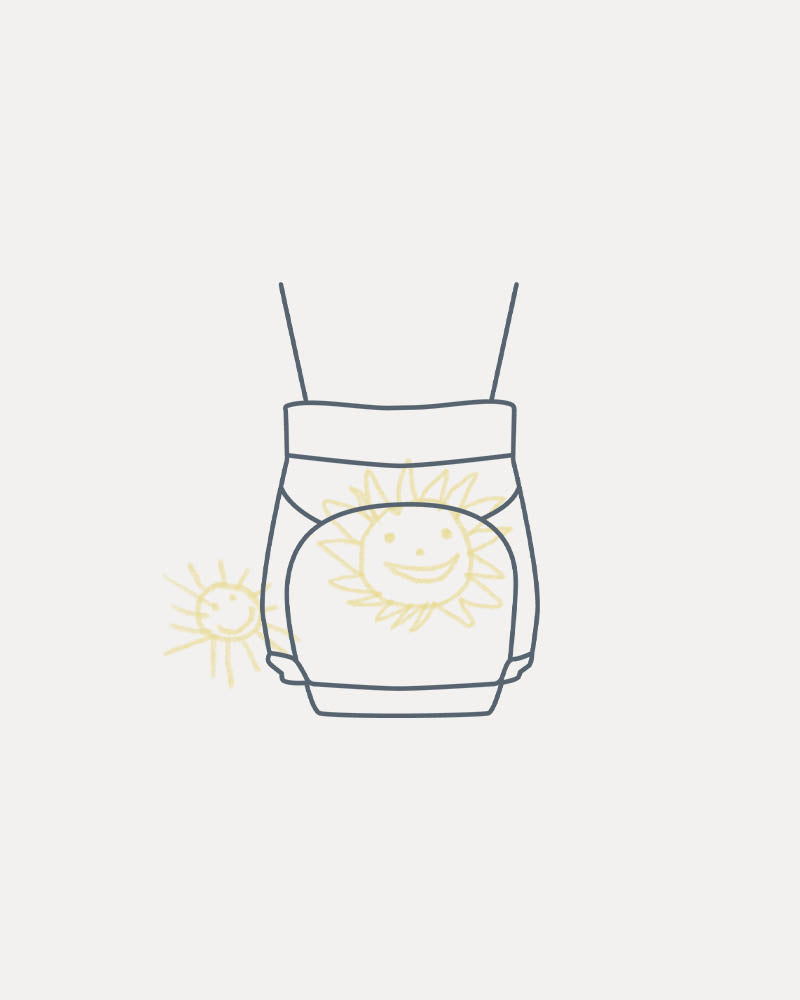
Fixed heel cap
The shoe should have a firm heel cup for support and a more stable gait.
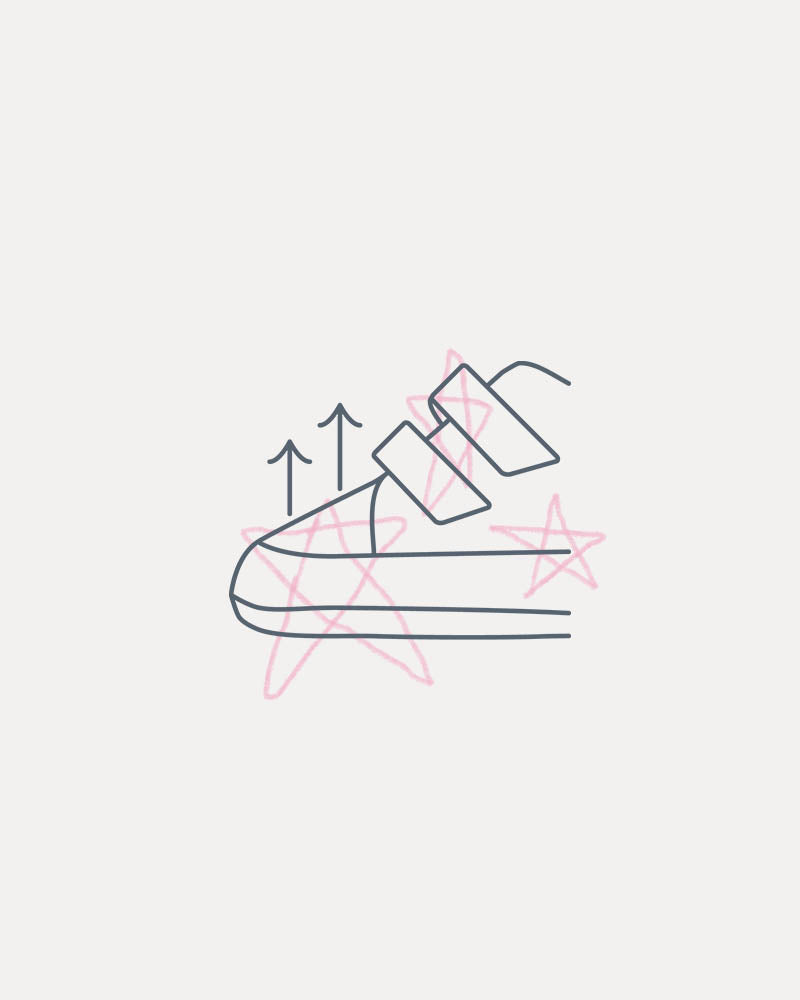
Breathable
The shoe should be made of breathable materials so that the foot can breathe and not get damp in closed shoes.
Shop Prewalker




